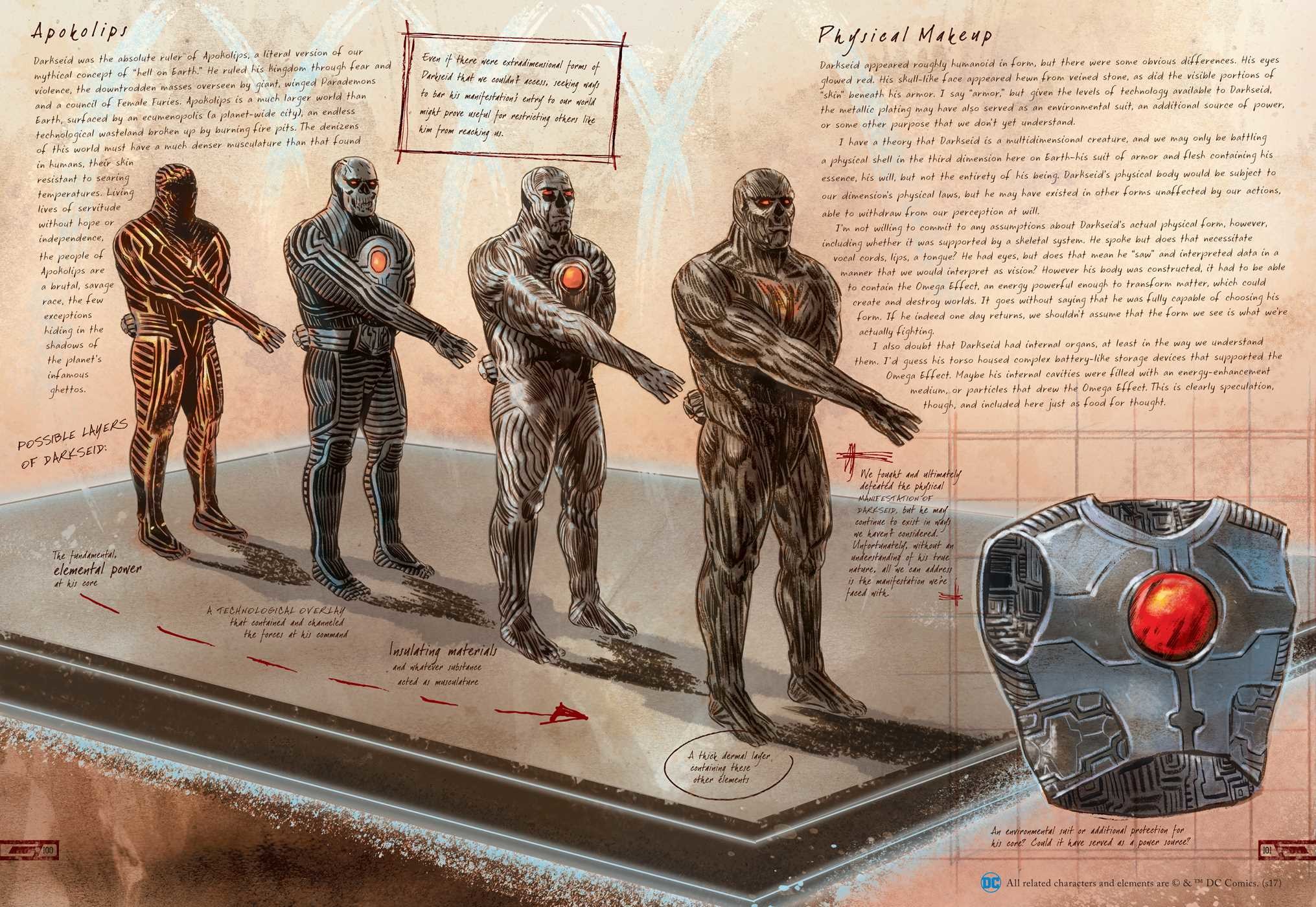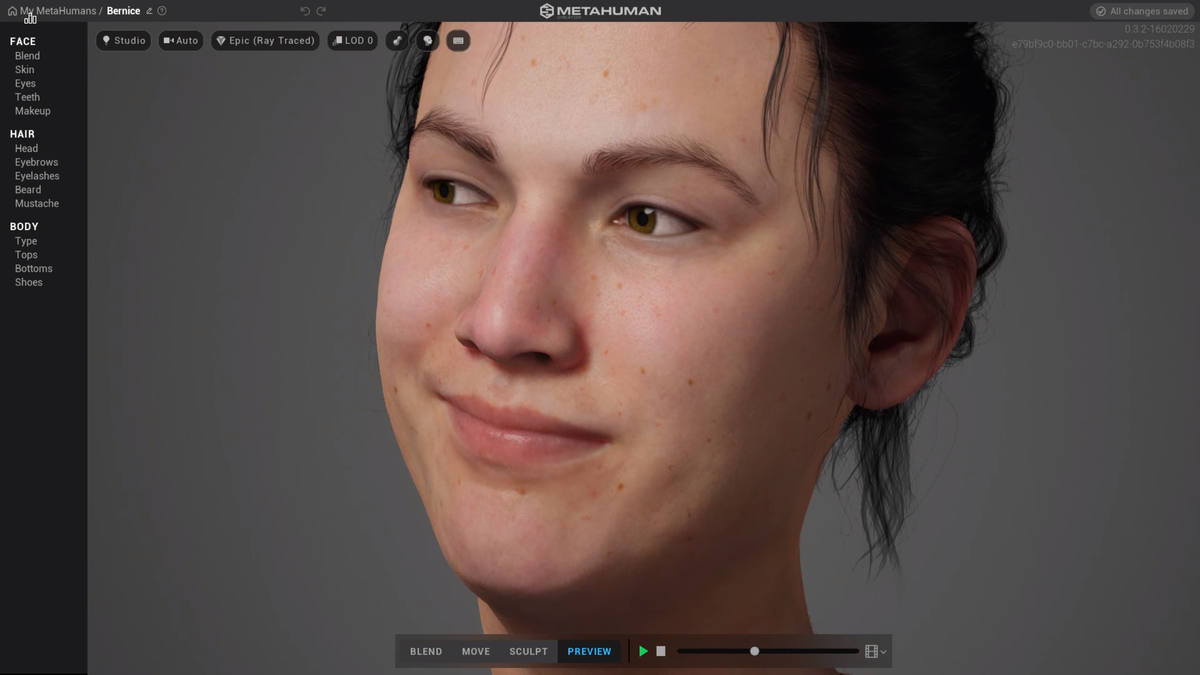
With the mesh in your project file and your plugins installed and activated, you’re ready to go. Right-click in the content folder (where your project’s assets are) and search for “metahuman identity asset.” Import it and rename the asset to your bust’s name (this is for organizational purposes only). How to create a custom Metahuman from your mesh

Once downloaded, enable both plugins in your project and restart Unreal. Free Rokoko Unreal Engine plugin (to enable motion capture).Free Metahuman plugin for Unreal Engine (find this on Unreal Engine marketplace).fbx, go back into Unreal Engine, create a new project, and import the mesh. To continue, you’ll need to download two plugins: With your bust cleaned up and saved as a. Even the ears aren’t essential.Įven a mesh such as the one shown above can be used to generate a MetaHuman.

You can remove a large portion of the mesh without issue. This plugin is pretty robust as long as it has those key features for a facial rig. You don’t need to follow a metahuman topology template or anything fancy. Only the eyes, nose, and mouth region is 100% necessary.If you’re using a textured mesh, remove it and apply the standard object texture. Remove anything not part of the main mesh, such as jewelry or clothes. If the hair is modeled on the skull but isn’t overlapping anything (like on our Nicola Tesla model shown below), it’s perfectly usable. If there are hair elements on the forehead or cheeks of the original mesh, Metahuman Creator won’t be able to interpret the shape correctly.


Today we're going through the entire mesh-to-metahuman workflow, and we're going to get our metahuman hooked up with Rokoko motion capture. This was generated using a unique static mesh of a Jinx-like character. Now you can create Metahumans with more stylized features for games.


 0 kommentar(er)
0 kommentar(er)
